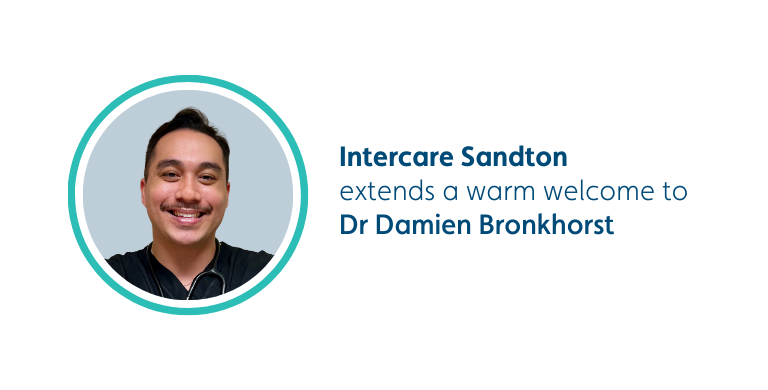Headaches are a common complaint; whether it’s a mild ache in the temples or a literal blinding paroxysm, people experience the familiar pain of headaches for a wide variety of reasons. Anything from caffeine and stress to a head injury can cause a headache, but sometimes headaches are symptoms of a more serious, underlying disorder or disease.
What is a headache?
A headache is pain in any region of the head or neck. It may result from injury, inflammation, infection, spasm or distension of structures inside or outside the brain.
Who gets a headache?
Anyone, but most often adults between 18 and 65. It can be very severe and affects various aspects of life such as work, lifestyle and relationships.
Types and causes of headaches
There are more than 300 types of headaches, but only about 10% of headaches have a known cause (secondary headaches). The rest are called primary headaches of which the causes are unknown.
PRIMARY HEADACHE
- A tension headache is the most common type of headache, but not well understood.
- It is triggered by emotion, exertion, stress and anxiety.
- Caused by severe muscle contractions
- A tension headache is often described as a “tight band” around the head or feeling like the head is “in a vice”.
- No nausea and vomiting experienced
- Migraine is a severe headache that usually occurs on one side of the head (unilateral).
- It may be accompanied by nausea and vomiting, blurred vision and extreme sensitivity to light and sound. It is made worse with movement.
- Migraines start before middle age and is more prevalent in females than males.
- The cause is unknown, and it is often hereditary.
- Severe headache, often described as a ‘throbbing” type of pain, that can last for minutes, hours or even days.
- Often, the migraine may be preceded by an ‘aura’ (warning symptoms), which occurs approximately 15-30 minutes just before the headache starts, and during which the person may see flashing lights, or spots in front of their eyes.
- Other associated symptoms may include nausea and vomiting and other varying neurological dysfunctions i.e. numbness of the face or extremities, and muscle tightness of the scalp and neck, tingling, fluid retention, irritability, personality changes, speech or visual disturbances
- Triggers can be chocolate, cheese, contraceptive pills, hormonal changes (women), caffeine, alcohol, anxiety, screens, traveling and exercise.
- It is also thought to be a progressive inflammatory neurovascular disorder associated with considerable disability and impairment of quality of life
- Cluster headaches, also called suicide headaches, are less common than migraine and more prevalent in men.
- It is an excruciating unilateral (one sided) headache, lasting 15 minutes to 2 hours.
- This may be associated with one-sided running nose, redness or tearing of an eye.
- Possibly the most painful of all headaches
- Pain explodes suddenly, usually about 2 hours after going to sleep
- Occur repeatedly for several weeks at a time
- Thunderclap headaches are very sudden and very severe:
- Lasts a shorter time than cluster headaches
- Do not recur nightly
- Normally a sign of something seriously wrong like blood pooling
SECONDARY HEADACHE
A secondary headache, which is caused by other factors or illnesses such as head injuries, bleeding of the brain, meningitis, glaucoma, temporal arteritis, is serious. Less than 5% of all headaches are secondary and although infrequent, there are over a hundred types of secondary headaches. This type of headache is dangerous and requires urgent treatment.
How do I know if my headache is serious?
- New onset headache
- Associated symptoms like fever and neck stiffness
- Deep and dull headache which disturbs sleep
- Changing in the character of the headache
It is important for patients to see a doctor right away if they have new headache symptoms or ongoing headache symptoms.
What will the doctor do?
Take a detailed history and establish whether there is secondary cause or not. They may use a scoring system to establish the difference between a tension headache and a migraine.
Do I need blood tests or a CT brain scan?
Depending on your doctor’s assessment. Investigations are done to exclude secondary causes. Brain haemorrhage or brain tumour will easily be seen on a CT scan.
For meningitis, although a CT scan may be required, the key investigation is a lumbar puncture.
What is the treatment for a headache?
Tension headache: counselling, physiotherapy for muscle relaxation and amitriptyline for prevention. In this category, overuse of pain killers, can worsen headaches, leading to a vicious cycle.
Migraine: Identifying triggers and exacerbating factors will help to prevent attacks. Pain killers usually provide some relieve. Many drugs can be used, but caution should be taken with medication overuse. There are two ways in which migraines are treated with medication namely prophylactic and acute treatments. Prophylactic treatments help to prevent the migraine before it starts, and they are appropriate for people who suffer from frequent migraines. These medicines need to be
taken regularly, usually every day. Acute treatments are taken to help stop the migraine after it has started. Very often, these types of treatments work best if they are taken as soon as possible after the migraine has started. Some other treatments that might help include acupuncture, massage, relaxation therapy and biofeedback to help reduce stress levels.
Cluster headache: Acute attacks can be treated with sumatriptan or 100% inhaled oxygen. Migraine therapies are ineffective in treating a cluster headache.
Sources and References consulted:
iNova Pharmaceuticals (Pty) Ltd: Patient education material, www.healthline.com/health/headache/types-of-headaches, www.webmd.com/migraines-headaches/migraines-headaches-basic












